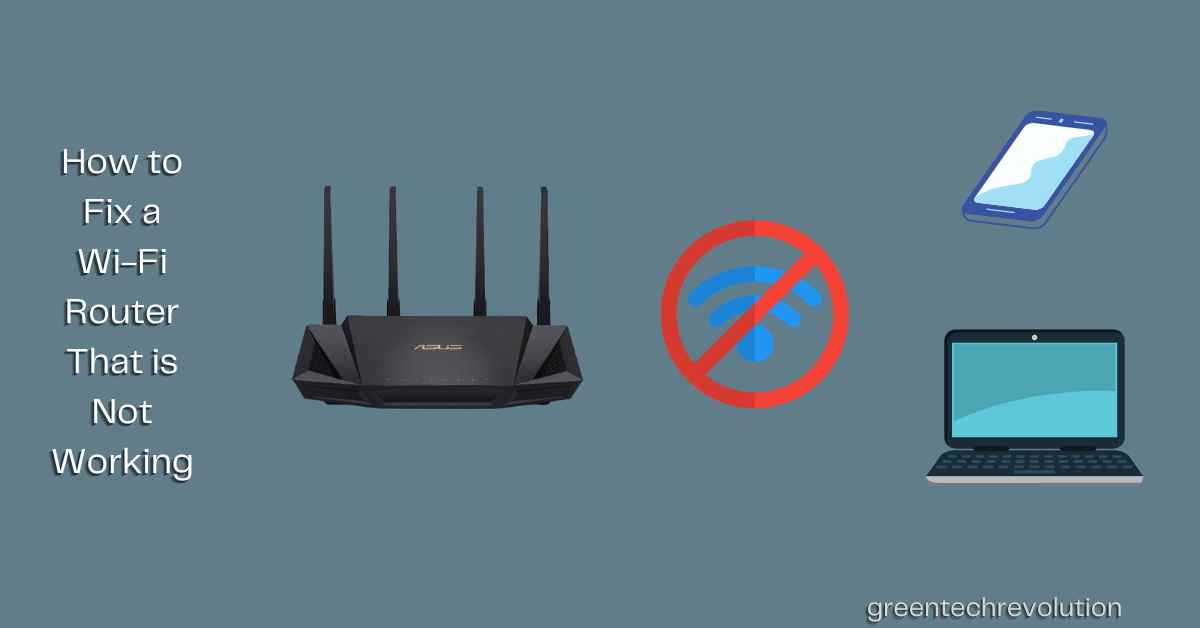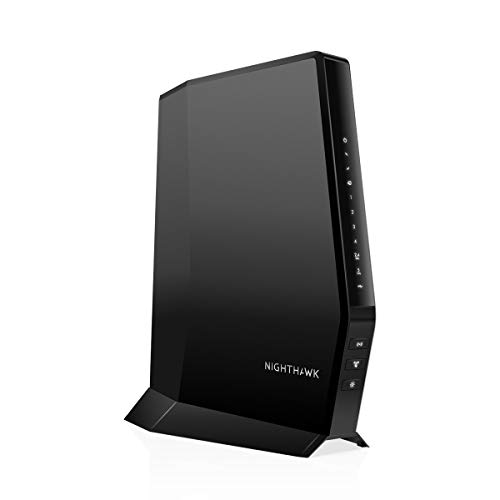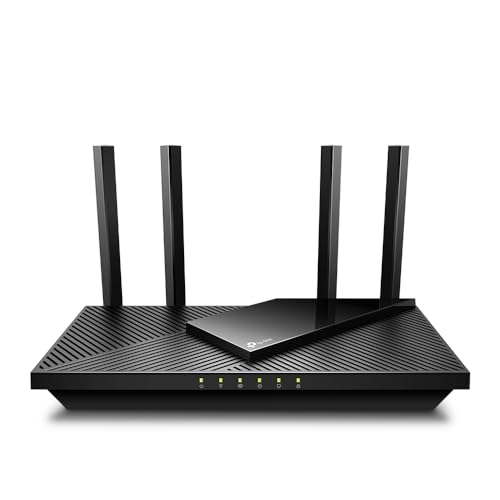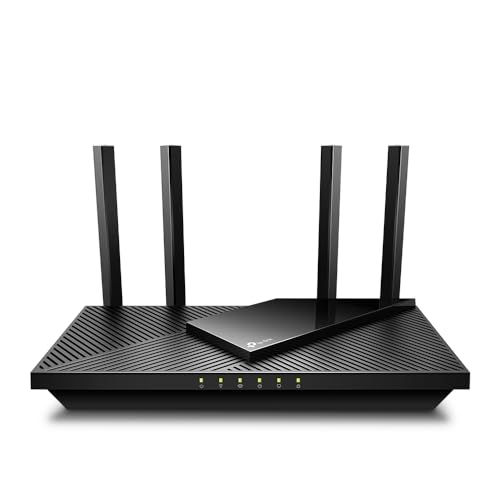How to fix a wi-fi router that is not working, try resetting the device or updating its firmware. A stable wi-fi connection is a necessity for most people, whether it’s for work, entertainment, or communication.
A router issue can be frustrating, especially if you rely heavily on the internet. Fortunately, fixing a wi-fi router that is not working may be simpler than you imagine. Basic troubleshooting techniques can help to restore your wi-fi connection and get you back on track.
This article explains some possible fixes for a malfunctioning wi-fi router and provides some tips to keep your wi-fi network running smoothly. By following these simple steps, you can regain reliable access to the internet and maintain your wi-fi network in good working order.
Basic Troubleshooting Steps
Check The Power Source
The first and most crucial step in troubleshooting a wi-fi router that is not working is checking its power source. Follow these steps to do this:
- Check if the router is connected to the power outlet properly
- Ensure that the power outlet is working correctly
- Unplug the router from the power outlet and plug it back in after few minutes
Check The Connection To The Modem
The modem serves as the gateway to the internet, and the router receives the internet signal from it. If the connection between the router and modem is faulty, your wi-fi connection will suffer. Here are the steps to check this:
- Ensure that the modem is on and working correctly
- Check the ethernet cable that connects the modem and the router
- To be sure, unplug and replug the ethernet cable to establish a more robust connection
Check The Ethernet Cable
An ethernet cable is a type of cable that allows you to connect your router to a modem or other networking device. If your wi-fi router is not working, it could be due to a faulty ethernet cable. Follow these steps to check:
- Ensure that the ethernet cable is correctly plugged in both the modem and the router
- Check if the ethernet cable is severely bent, damaged, or otherwise tampered with
- Try changing the ethernet cable to a different port and see if the problem persists
By following these basic troubleshooting steps, you can fix most common wi-fi router issues quickly. If the issue persists, you may need to contact your internet service provider for further assistance.
Advanced Troubleshooting Steps
Despite trying all the basic troubleshooting steps, if your router still won’t work, then it is time to try some advanced troubleshooting techniques. Here are a few things you can do:
Restart The Router
Sometimes, the simple act of restarting the router can fix the issue. Here are the steps to restart your router:
- Unplug the power cord from the router and modem
- Wait for at least 30 seconds
- Plug in the power cord again
- Wait for the lights to stop flashing and become stable
Reset The Router
If restarting the router doesn’t work, then you can try resetting the router. However, this will erase all the settings and configurations on your router, so it’s best to only do this as a last resort. Here are the steps to reset your router:
- Look for a small hole on the router labelled “reset”
- Using a paperclip or pin, press and hold the “reset” button for about 10 seconds
- Release the button and wait for the router to restart
Update The Firmware
Outdated firmware can cause your router to malfunction. Check the manufacturer’s website for any available updates. Here are the steps to update your router’s firmware:
- Go to the manufacturer’s website and look for the latest firmware for your router model
- Download the firmware to your computer
- Open your router’s admin page by typing its ip address on the browser
- Look for the firmware update section and upload the downloaded firmware file
- Wait for the update to finish and restart the router
These are a few advanced troubleshooting techniques to try if your router is still not working. Remember to only do a factory reset as a last resort, as it will erase all your settings and configurations.
Wi-Fi Connection Issues
Restart The Devices
One common fix for wi-fi connection issues is to restart the devices. This simple solution can help in resolving various problems that disrupt your internet connection. Follow these steps to restart the devices:
- Turn off the router, modem, and computer or other devices that use wi-fi.
- Wait for at least 30 seconds.
- Turn on the modem and wait until all the lights are stable.
- Turn on the router and wait until all the lights are stable.
- Turn on your computer or other devices that use wi-fi.
- Check if your internet connection is now working properly.
Check The Wi-Fi Network Name And Password
Another cause of wi-fi connection issues is an incorrect wi-fi network name or password. It is essential to ensure that you are connected to the right network before taking any further steps. Use the following steps to check:
- Click on the wi-fi icon on your device.
- Check if you are connected to the correct wi-fi network name and not another nearby network.
- Check if you entered the correct wi-fi network password in case it requires a password.
- If the network name or password is incorrect, connect to the correct network or enter the correct password.
Move The Router To A Better Location
The router’s location can impact your wi-fi connection speed and quality. If your router’s signal is weak or obstructed, it can result in connection issues. Try these steps to enhance your wi-fi signal strength:
- Place the router in a central location and elevated off the ground.
- Keep the router away from other rf (radio frequency) devices like microwave, cordless phones, etc.
- Keep the router away from appliances or equipment that can cause interference, like metal objects, fluorescent lights, etc.
- Check if the router antenna is at the right angle.
- Disconnect the devices that are not currently active.
The above solutions are some of the basic fixes that can help you if you are experiencing wi-fi connection issues. Try these solutions before contacting your internet service provider to avoid unnecessary stress and charges. Remember always to restart the devices first, check if you entered the correct wi-fi network name and password, and move the router to a better location to maximize your wi-fi connection’s speed and quality.
Security Issues
Is your wi-fi router not working? Apart from the inconvenience, it can be a security issue. Here’s what you need to know about fixing the problem while keeping your network secure:
Change The Router Password
Your router’s password is the first line of defense against unauthorized access. Follow these steps to change it:
- Log in to your router’s web interface using its default ip address and login credentials.
- Navigate to the password settings and create a strong, unique password that uses a combination of letters, numbers, and symbols.
- Avoid using personal information or common phrases.
Enable Encryption
Encryption is a vital security feature that protects your network traffic from prying eyes. Here’s how to enable it:
- Log in to your router’s web interface using its default ip address and login credentials.
- Navigate to the encryption settings and choose the most robust encryption method offered by your router.
- Avoid using outdated or weak encryption methods like wep.
Block Unauthorized Devices
Blocking unauthorized devices prevents intruders from accessing your network. Here’s how to do it:
- Log in to your router’s web interface using its default ip address and login credentials.
- Navigate to the device list and look for any unfamiliar devices connected to your network.
- Block any unknown devices and consider limiting the number of connected devices in your network.
By following these three steps, you can fix your wi-fi router while also keeping your network secure.
Router Maintenance
If you are facing issues with your wi-fi router, there is a good chance that it needs maintenance. By performing regular maintenance, you can prevent issues from arising and keep the router running smoothly. Here are some important steps to take for router maintenance.
Clean The Router
Over time, dust and debris can accumulate on your router, which can compromise its performance. Cleaning your router isn’t difficult and should be a part of your regular router maintenance routine. Here are some steps to follow:
- Unplug the router from the power source and disconnect it from the modem.
- Using a soft, dry cloth, wipe the router’s exterior and clean all vents.
- Do not use water or any liquid cleaning solutions on your router as doing so may damage it.
- After you’ve cleaned the router, reconnect it to the modem and power source.
Monitor Router Performance
Another crucial aspect of router maintenance is monitoring its performance. By doing so, you can easily identify any issues with your router before they escalate into more significant problems. Here are some tips on how to monitor your router’s performance:
- Check for updates regularly and ensure that your router’s firmware is up to date.
- Use a tool like speedtest to run speed checks and detect network issues.
- Keep an eye on your router’s led lights. If you notice that one of the lights is blinking continuously, it could be an indication of an issue that needs to be addressed.
Replace The Router
If your router is outdated or has reached the end of its lifespan, it may be time to replace it. Here are some signs that indicate that you need to replace your router:
- Slow internet speed even after trying all troubleshooting options.
- Frequent connectivity issues despite regular maintenance.
- Router lights are not working correctly.
- The router is more than five years old and is not compatible with present technology.
By following these simple router maintenance tips, you can extend the lifespan of your router and prevent issues from arising. So, make sure to perform regular router maintenance to keep your wi-fi network running smoothly.
Frequently Asked Questions For How To Fix A Wi-Fi Router That Is Not Working
How Do I Know If My Router Is Not Working?
If your device can’t connect to wi-fi, internet speed is slow or there’s no connection, then your router could be faulty.
How Can I Fix My Router Without Any Technical Help?
Basic troubleshooting includes restarting the router, resetting it to default settings, updating firmware, and checking cable connections.
Why Is My Router Not Working After The Firmware Update?
It could be possible that your wi-fi router model is outdated and the firmware is incompatible. Call your manufacturer’s customer support or revert to the previous firmware version.
Can A Wi-Fi Router Stop Working If It’s Continuously Used?
Yes, the components and electronics of the router heat up over time, leading to hardware damage and performance issues. Turning it off for short intervals can help.
What Should I Do If My Router Turns On, But There Is No Wi-Fi Signal?
Check power cables, turn off router and devices to reset ip addresses, update router firmware, and check signal channels from your wi-fi settings.
Is It Common For Routers To Stop Working After A Power Outage?
Yes, routers may get damaged during a power outage or may not reset properly. Restart your router and if it doesn’t work, contact your isp.
How Often Should I Update My Router’s Firmware?
It’s generally recommended to update your router’s firmware primary for security and performance reasons. Check your manufacturer’s website for firmware updates and install every 6 months.
What Are The Most Common Reasons For A Broken Router?
The most common reasons for router failure are technical faults, outdated firmware, physical damage, and electrical surges.
Why Is My Wi-Fi Router Working Only On One Device?
It could be possible that your router and your device are not fully compatible, the router’s signal doesn’t cover the entire area, or your device has too many connected devices.
Can A Faulty Wi-Fi Router Harm My Device?
It’s rare unless you’ve configured the router to perform actions it isn’t supposed to, like a virus or malware. A faulty router may cause connectivity issues, but there is no harm to your device.
Final Thoughts
After following these steps to fix your wi-fi router, you should now be able to enjoy uninterrupted internet access. Remember to always keep your router up to date with the latest firmware and check for any interference from other devices.
If all else fails, consider contacting your internet service provider for additional assistance. With these tips and tricks, you can troubleshoot and solve common wi-fi issues without the need for professional help. By taking proactive steps to maintain your router, you can prevent future connectivity issues and experience the full benefits of a fast and reliable internet connection.
So, don’t let a faulty wi-fi router slow you down and follow these simple steps to get back online quickly.




Leave a Reply
You must be logged in to post a comment.